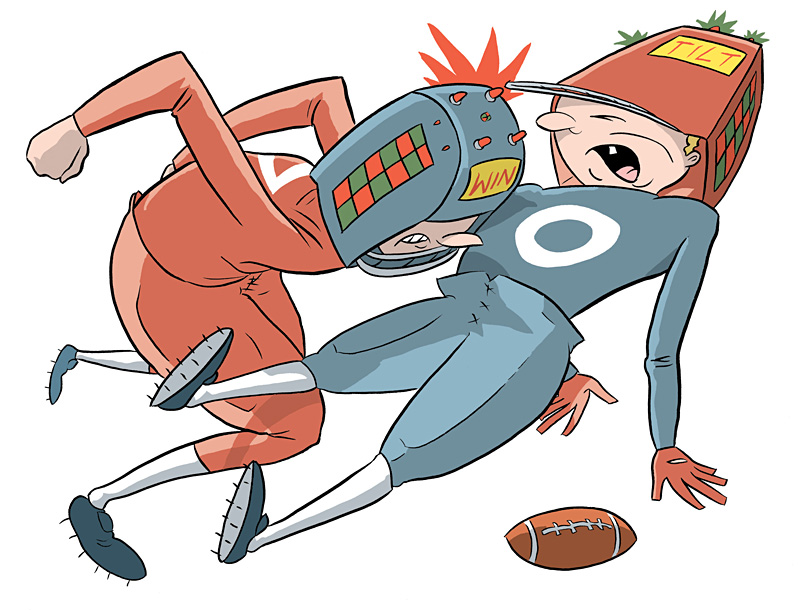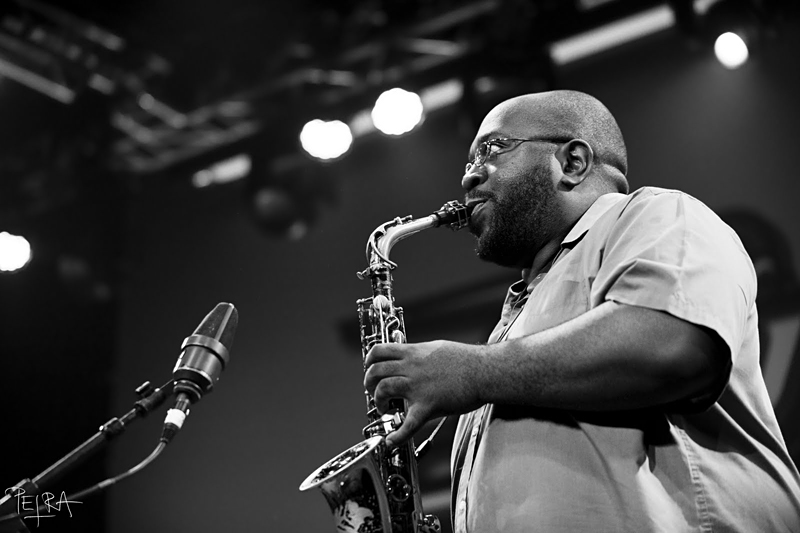Up in the fifth-floor executive offices of the Seattle Art Museum, director Mimi Gardner Gates pauses in a conference room between TV appearances. It’s Tuesday the 15th, and the museum is basking in national press attention following its announcement late Monday that SAM will give up its prized Matisse painting Odalisque and return it to the heirs of Paul Rosenberg.
Rosenberg, a prominent Parisian art dealer, lost the painting to the Nazis during World War II and his heirs filed suit to get it back last August. Without waiting for a legal judgment, SAM has agreed to return the painting immediately, after having completed “a thorough and independent investigation” into the painting’s history by the Holocaust Art Restitution Project (HARP).
“By our action today, the Seattle Art Museum is drawing a clear ethical line,” says Gates in a press release. “Since day one, SAM has been committed to doing the right thing.”
But the story is not nearly so simple as the museum has presented it. The evidence suggests that the museum’s gesture was actually made to preempt an imminent order from a judge to return Odalisque.
Seattle Weekly has learned that the Rosenbergs’ attorney, Laura Hoguet, had recently notified SAM of her intention to file for summary judgment (i.e., an immediate ruling on the case from the judge, without waiting for trial). Given the weight of evidence in the Rosenbergs’ favor—and the complete absence of any contrary evidence—this motion would have very likely resulted in the judge ordering SAM to hand the painting back.
When Hoguet informed SAM’s attorneys of her plans, she says they called her back and said, “Oh, no, please don’t do that.”
SAM’s attorney, Stuart Dunwoody of Davis Wright Tremaine, confirms this occurred. “I just asked her to hold off because we were trying to decide what to do,” he says. “I told her we might well have an option for her that she would like, and wanted her to have the courtesy to know we’d be offering this soon.”
More than a year and a half had passed since the Rosenbergs first approached SAM with their claim. But now, within a matter of days, HARP managed to complete and submit its long-delayed report, SAM deemed the report sufficient proof of the Rosenbergs’ claim, and the museum’s trustees were immediately convened for a unanimous vote to hand the painting over.
“They wanted to appear to be doing this great thing of their own volition without any legal pressure,” says Hoguet. “It was all public relations.”
Dunwoody says the threat of summary judgment “was not a factor” in the museum’s decision to return the painting.
As early as last November, the museum already had documents in its possession that largely proved the Rosenbergs’ claim. Dunwoody confirms that shortly after the Rosenbergs’ suit was filed, the museum received documents from the French government that answered the two questions at the heart of the case: whether SAM’s painting was indeed stolen, and whether Rosenberg had ever gotten the painting back.
Dunwoody says the documents showed that SAM’s Matisse, which has an inventory number from Paul Rosenberg inscribed on its back, was among the artworks that were looted from Rosenberg’s bank vault in 1941, and that Rosenberg was continuing to search for the lost work until his death in 1959.
Despite this evidence, researchers from HARP “still wanted to find out more about what happened in Paris [after the theft],” Dunwoody says. “We agreed they were the experts on this and we would let them do their work.”
Ultimately, HARP’s research, which took place over a period of several months this past winter, did not change anyone’s understanding of the painting’s history. In fact, the summary of HARP’s findings that appeared in SAM’s press release last week reads almost identically to the conclusions described a year and a half ago by Hector Feliciano, the journalist and art researcher who first drew attention to this stolen Matisse, as well as hundreds of other Nazi-looted artworks, in his 1997 book The Lost Museum.
Hoguet says that while HARP “added nothing to the game,” the group did provide a service by establishing that there is no evidence lying around somewhere that is at odds with the Rosenberg claim. “Negative confirmation is always helpful,” she says. HARP also helped provide an “independent voice” on which the museum could rely for its conclusion.
From the beginning, SAM’s handling of this case appears to have been largely governed by its own effort to win compensation from Knoedler Gallery, the New York art dealer that sold the Matisse to Prentice Bloedel and his wife Virginia back in 1954. (The Bloedels bequeathed it to SAM in 1991.)
This strategy makes sense from the culpability standpoint: Knoedler was much closer in time and geography to the events of World War II and was in a far better position than SAM to know about the painting’s tainted past. “They are accountable in this case,” says Mimi Gardner Gates. SAM has sued Knoedler to recover the value of Odalisque, which is probably somewhere around $3 million.
Last September, Gates sent out a letter to all museum members to explain SAM’s position. She said that if the results of HARP’s research indicated the Rosenbergs’ claim was valid, SAM would return the painting to the family—but only “if Knoedler agrees” (emphasis added). In other words, for the Rosenbergs to get their painting back, Knoedler would have to admit to trafficking in stolen goods—not a likely scenario. Failing that, Gates said, the museum would wait for a court order.
However, in the intervening months, SAM and its legal counsel clearly changed their minds about this strategy. Gates explained the change of heart by saying, “We made the decision voluntarily to act and act now. We decided that it was ethically the right thing to do.”
The change represents a risk for SAM, since the museum may now have to legally stand in the Rosenbergs’ shoes, defending the family’s right to the painting in court against a potential challenge from Knoedler. However, that risk was apparently found to be outweighed by another reward: the huge PR bonanza that the museum is now enjoying.
By “voluntarily” surrendering the painting, SAM is reaping a phenomenal amount of goodwill and positive press, just six months before its trial against Knoedler. The museum’s action has been publicized on national television and in USA Today. Local editorial writers—who remained uniformly silent during the previous 21 months of this dispute—have now rushed to congratulate SAM for doing the right thing. SAM, in other words, is sporting a gigantic white hat, which could be invaluable as it begins to pressure Knoedler for a settlement.
Capturing the moral high ground may prove far more useful to SAM than continuing to hold on to a painting that it was destined to soon lose in court.







